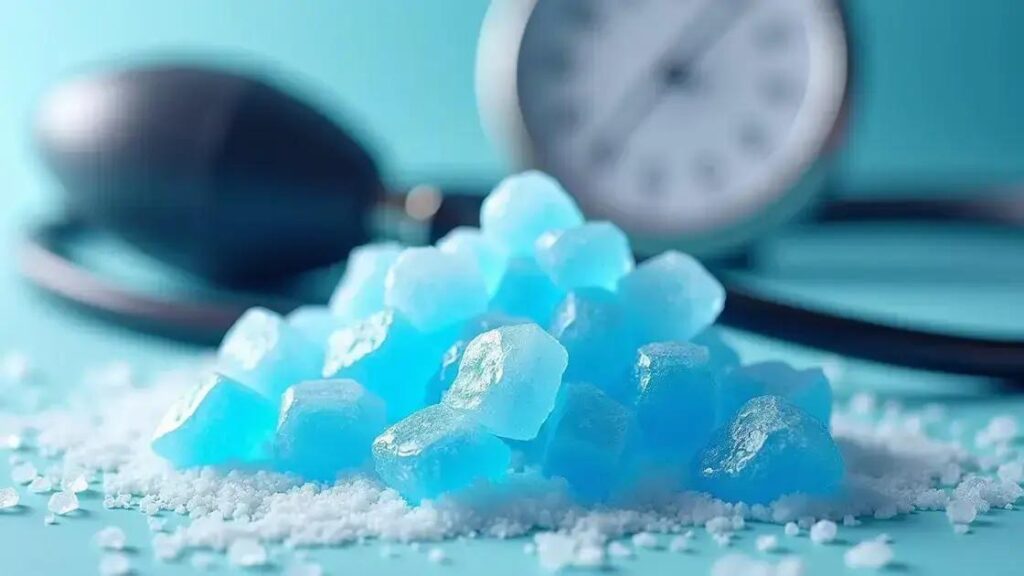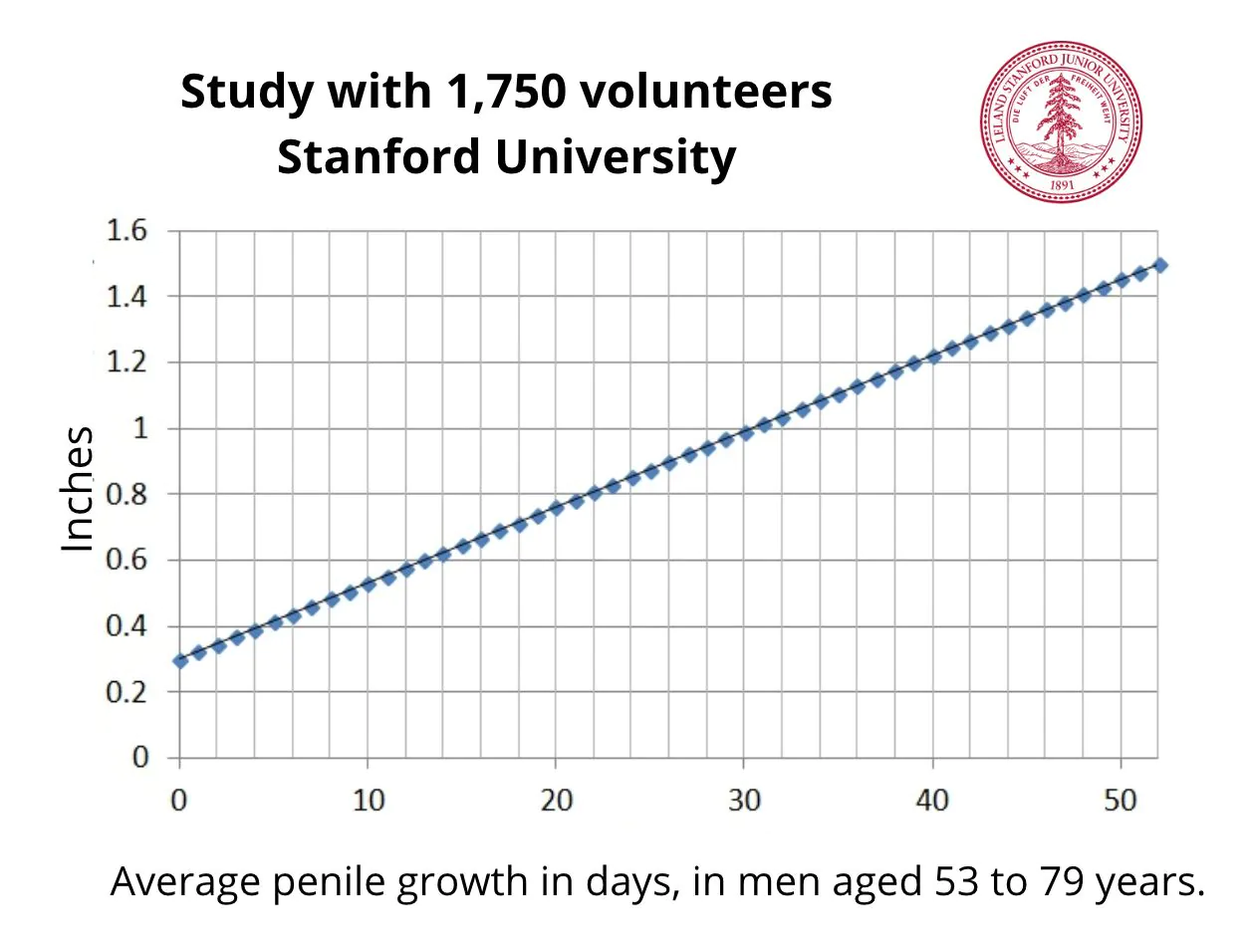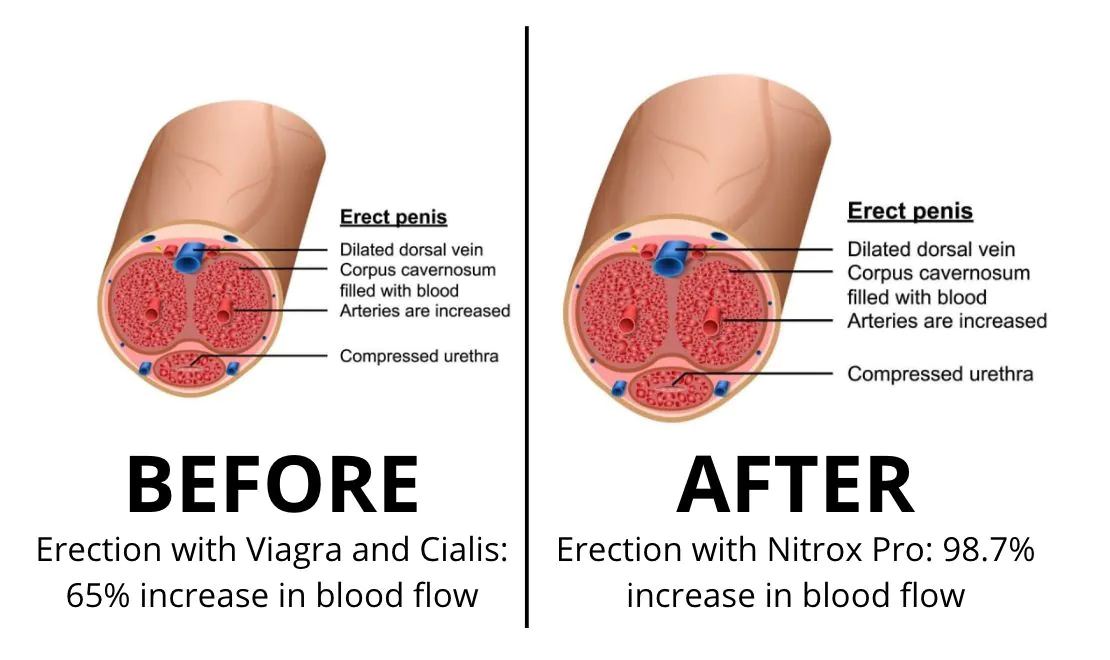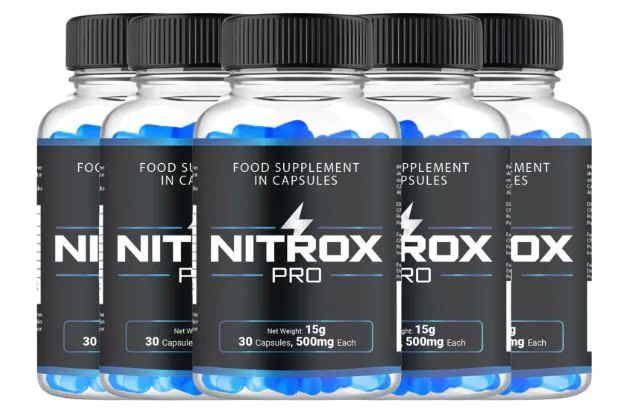The Blue Salt Trick refers to using a unique type of blue salt with claimed benefits for blood pressure management. While some users report positive effects, scientific evidence is limited, and risks such as high sodium intake and allergic reactions exist. It is advisable to consult healthcare professionals before incorporating blue salt into your diet.
The Blue Salt Trick is emerging as a unique method that many are curious about, especially regarding its impact on blood pressure. Understanding how this method works and its implications for health is essential. In this article, we will delve into what the Blue Salt Trick is, explore its potential effects on blood pressure, examine scientific evidence, and discuss any associated risks, all while keeping health at the forefront of our discussion.
What is the Blue Salt Trick?
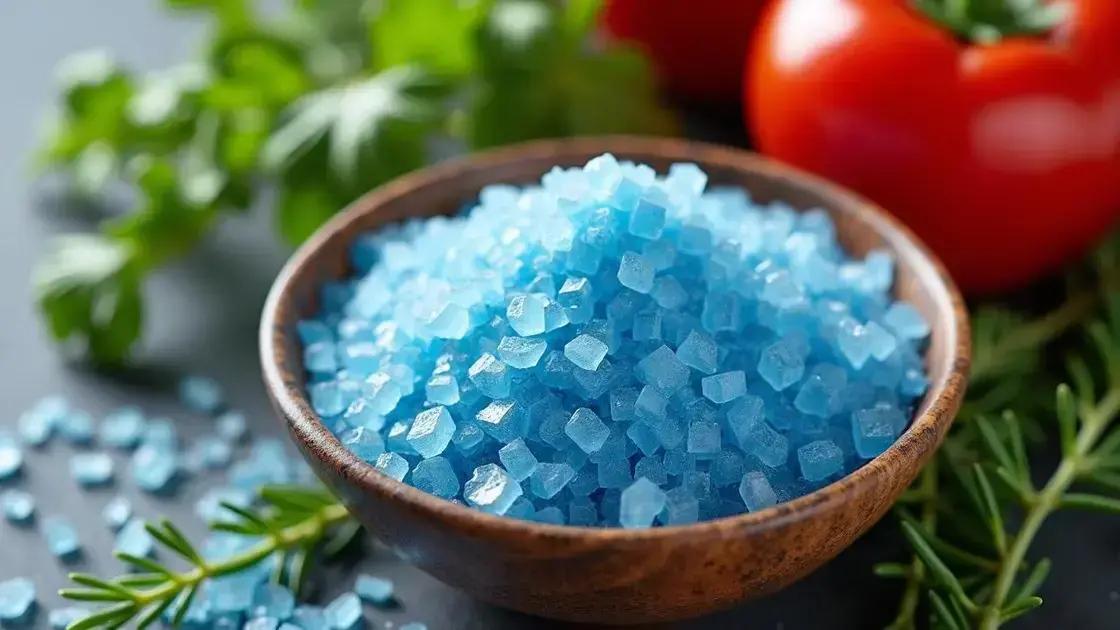
The Blue Salt Trick is an intriguing method often discussed in health circles. It refers to the practice of using a type of salt believed to be beneficial for blood pressure regulation. The salt comes from a natural mineral source, typically harvested from specific regions where it forms a unique blue hue.
How It Works
The core idea behind the Blue Salt Trick is that this specially processed salt is thought to interact differently with the body’s sodium balance compared to regular table salt. Some proponents claim that it may help in easing hypertension symptoms, but more studies are needed.
Why It’s Gaining Popularity
Many individuals are turning to natural remedies. The Blue Salt Trick’s appeal lies in the potential health claims associated with its use. People are looking for alternatives to traditional sodium sources, especially those dealing with high blood pressure.
Usage in Diet
To use the Blue Salt Trick, individuals typically replace their everyday salt with this blue variant. It’s often suggested that small amounts can enhance flavor in foods without the adverse effects attributed to regular sodium intake. However, moderation is emphasized.
Need for Caution
While the Blue Salt Trick may seem promising, it’s crucial to approach it carefully. As with any dietary change, consulting a healthcare professional is recommended to understand its effects, especially for those with existing health conditions.
Effects of the Blue Salt Trick on Blood Pressure
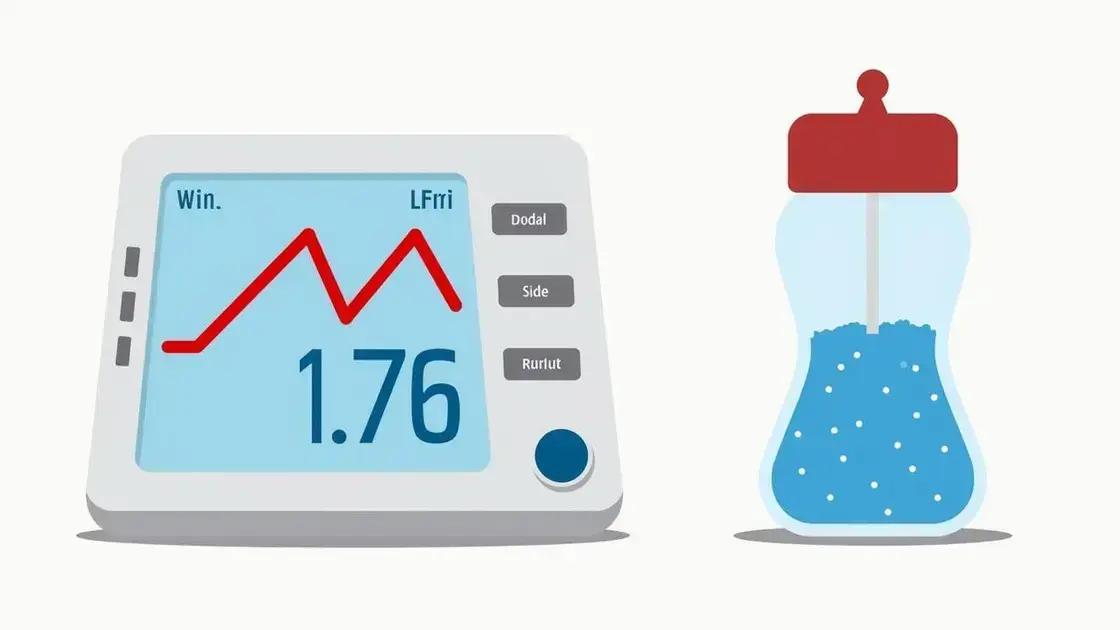
The effects of the Blue Salt Trick on blood pressure have sparked much interest. Many people wonder if using this type of salt can help them manage their blood pressure levels. While some users claim positive experiences, scientific backing is still lacking.
Potential Benefits
Some believe that the minerals in blue salt can aid in regulating blood pressure. They argue that it might provide a healthier alternative to regular table salt, which can contribute to higher sodium intake and related health problems.
Short-Term Effects
In the short term, individuals who switch to blue salt might notice minor fluctuations in their blood pressure readings. These changes could be attributed to dietary shifts and the body’s adjustment to different sodium levels. However, these effects may not be consistent.
Long-Term Implications
Long-term effects of using blue salt are not well-researched. Some studies suggest that lower sodium intake may benefit blood pressure management, but it isn’t clear if blue salt offers any unique advantages over standard salt substitutes.
Monitoring Blood Pressure
If someone decides to try the Blue Salt Trick, it’s essential to monitor blood pressure regularly. Keeping a daily log can help individuals understand how their body responds to the change. This may provide insights into whether this trick genuinely impacts their health.
Scientific Studies on Blue Salt

Scientific studies on blue salt have been limited, making it a challenging subject for researchers. While there are various claims regarding its health benefits, most lack peer-reviewed backing.
Initial Research Findings
Some early studies suggest that minerals found in blue salt may have unique properties that differentiate them from regular table salt. Researchers are interested in analyzing these differences, particularly how they might affect blood pressure and overall health.
Lack of Comprehensive Studies
Despite some anecdotal evidence and preliminary research, comprehensive studies are still missing. Most available research focuses on sodium’s general effects on blood pressure, rather than specifically on blue salt.
Comparative Studies
A few comparative studies have explored the effects of different salts on blood pressure. These often show that lower sodium intake can lead to better blood pressure control, but specific outcomes from using blue salt remain unclear.
Future Research Directions
Future studies on blue salt need to be more structured and in-depth. Researchers aim to understand how blue salt impacts various health markers, especially hypertension. Until more robust data emerges, it’s crucial for individuals to be cautious when using it as a health remedy.
Potential Risks of Using Blue Salt
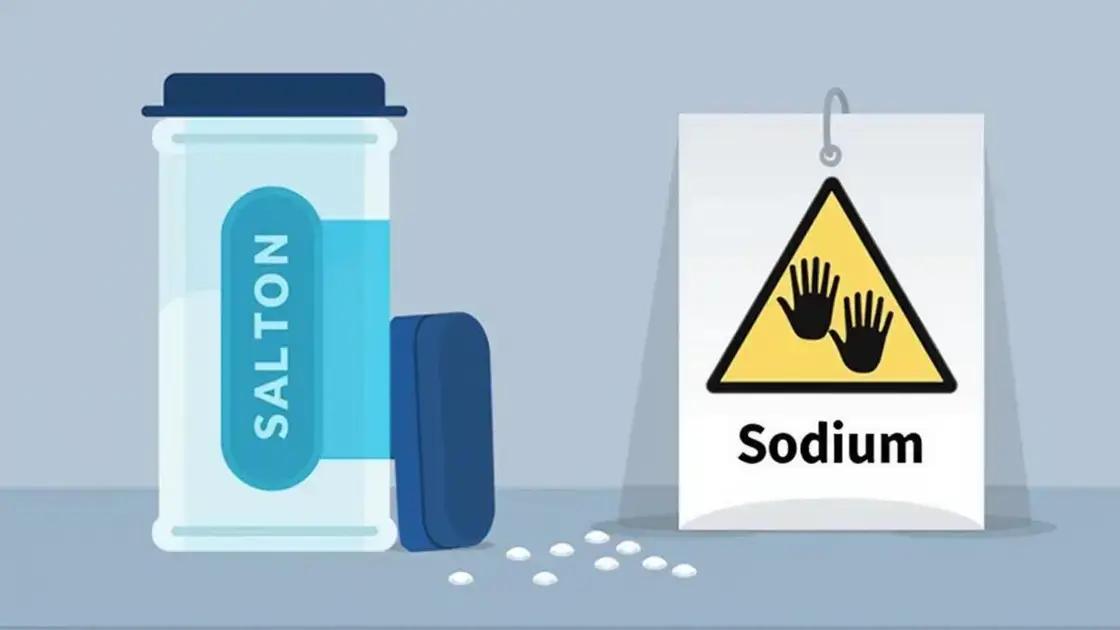
The potential risks of using blue salt should be carefully considered. While some people view it as a healthier alternative, there are concerns that need attention.
Sodium Intake
Even though blue salt is often marketed as a natural option, it still contains sodium. Excessive sodium intake can lead to high blood pressure and other health problems. Individuals should still monitor their overall sodium consumption.
Allergic Reactions
Some users may experience allergic reactions when consuming blue salt. Symptoms might include skin rashes or gastrointestinal issues. If any adverse reactions occur, it’s essential to stop using it and consult a healthcare professional.
Effects on Certain Conditions
For people with existing health issues, such as kidney disease or heart problems, using blue salt could pose risks. Those individuals should consult with healthcare providers before making changes to their salt intake.
Lack of Regulation
Blue salt products often lack strict quality control and regulation. This means that the mineral content and purity can vary between brands. Consumers need to ensure they purchase from reputable sources to avoid contamination or impurities.
In summary, what should you know about the Blue Salt Trick?
The Blue Salt Trick presents an interesting approach to managing blood pressure, with proponents suggesting its potential benefits. However, the evidence supporting its effectiveness is still limited.
While some individuals report positive outcomes, it is crucial to consider the risks and ensure informed usage. Monitoring sodium intake remains important, and consulting with healthcare professionals is recommended for those with existing health conditions.
Scientific research is ongoing, and as studies continue to emerge, we may better understand how blue salt affects health. Keep an eye out for new findings that could help inform your dietary choices and health strategies.
FAQ – Frequently Asked Questions about the Blue Salt Trick
What is the Blue Salt Trick?
The Blue Salt Trick involves using a special type of blue salt believed to have health benefits, particularly for blood pressure management.
How does blue salt affect blood pressure?
While some users report positive effects on blood pressure, scientific research is limited, and results can vary from person to person.
Are there any risks associated with using blue salt?
Yes, using blue salt can still contribute to sodium intake, leading to potential health risks like high blood pressure. Allergic reactions are also possible.
Is there scientific research supporting the use of blue salt?
Scientific studies on blue salt are limited. Most research focuses on sodium and its general effects on health rather than specific studies on blue salt.
Who should consider consulting a doctor about blue salt?
Individuals with existing health conditions, such as hypertension or heart disease, should consult their healthcare providers before making changes to their salt intake.
Can blue salt be used as a complete replacement for regular salt?
While some people use blue salt as a substitute, it is important to monitor overall sodium intake and consult with a healthcare professional for guidance.

